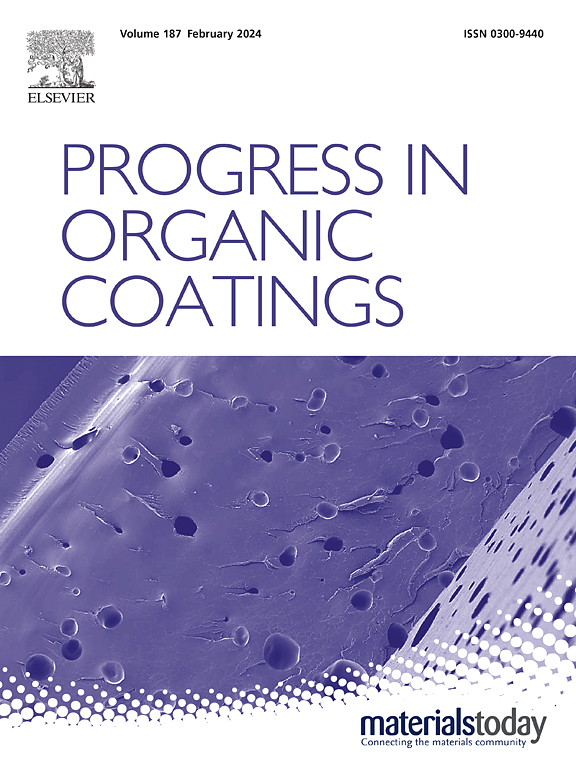A universal three-dimensional metal-organic frameworks assisted strategy facilitates non-covalent interaction of active/interfacial layers for over 19 % efficiency organic photovoltaics
IF 6.5
2区 材料科学
Q1 CHEMISTRY, APPLIED
引用次数: 0
Abstract
The cathode interfacial layer (CIL) plays a crucial role in facilitating the efficient flow of electrons from the active layer to the metal electrode in organic photovoltaics (OPVs). In this work, we intelligently designed and synthesized a three-dimensional metal-organic frameworks (MOFs) material namely Ag-Zn-N/C, and firstly employ it as inorganic nanoparticle dopants for PFN-Br interlayer. The three-dimensional Ag-Zn-N/C possess tremendous surface area that can serve as the nucleation center, regulating the PFN-Br crystal, restraining Br ions induced dipole adsorption that facilitates electron transport, mitigating the excessive charge accumulation caused by the -CN functional group, and thus enhancing the electron extraction of PFN-Br interlayer and contributing to the formation of fast electron transfer network from ITIC to PFN-Br. As a consequence, the power conversion efficiency (PCE) of PBDB-T:ITIC-based OPVs boosted from 10.92 % to 12.63 %, delegating one of the supreme PCE values of this system. In addition, the Ag-Zn-N/C doping PFN-Br strategy was demonstrated to be general for different OPV systems. For example, upon the introduction of Ag-Zn-N/C, the PCE of the current mainstream systems PM6:L8-BO and D18:L8-BO has also been effectively enhanced from 16.21 % and 17.86 % to 17.55 % and 19.16 %, respectively. Our work can provide a simple and efficient approach for designing efficient CIL to boost the PCE of OPVs, which may further advance the commercialization of OPVs.

求助全文
约1分钟内获得全文
求助全文
来源期刊

Progress in Organic Coatings
工程技术-材料科学:膜
CiteScore
11.40
自引率
15.20%
发文量
577
审稿时长
48 days
期刊介绍:
The aim of this international journal is to analyse and publicise the progress and current state of knowledge in the field of organic coatings and related materials. The Editors and the Editorial Board members will solicit both review and research papers from academic and industrial scientists who are actively engaged in research and development or, in the case of review papers, have extensive experience in the subject to be reviewed. Unsolicited manuscripts will be accepted if they meet the journal''s requirements. The journal publishes papers dealing with such subjects as:
• Chemical, physical and technological properties of organic coatings and related materials
• Problems and methods of preparation, manufacture and application of these materials
• Performance, testing and analysis.
 求助内容:
求助内容: 应助结果提醒方式:
应助结果提醒方式:


